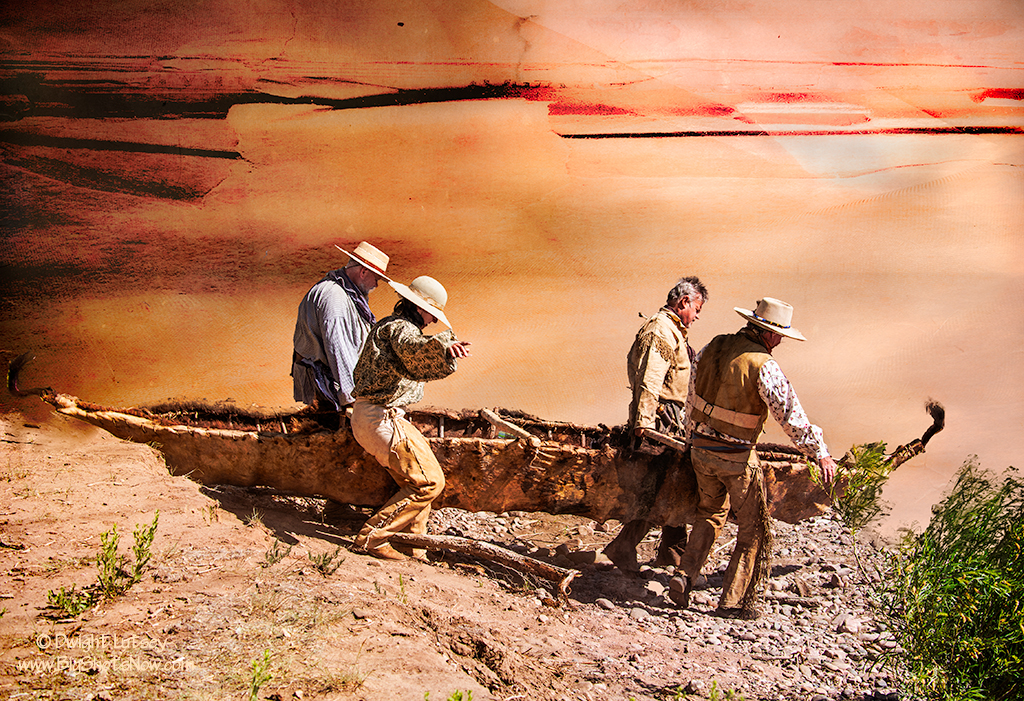
One of the curses of river travel is portaging, or the art of unpacking the boat, then carrying the boat around unmanageable obstacles in the river, such as rapids, or log jams created by the last flood, to a place where you can put the boat back in the water again. Then going back to your last take-out point to retrieve your cargo and belongings and carry them to the new put-in place, repack the boat and set off again down stream towards your destination. If you’re lucky the next portage may be more than a half mile or so downstream. Sometimes it was less.
Unless you were on one of the big rivers, the mighty Mo, or the Mississippi, this was your fate, and your job. No long stretches of glamorous carefree floating, watching the tree line casually pass on by, or spending too much time watching the sandstone cliffs reaching for the sky while traveling through incredible red rock canyons, paddling just enough to maintain control of your vessel as you floated closer to your journeys end. That’s what you thought it would be like if you’d never traveled down one of the smaller rivers in the west. Prior travelers knew better.
This was not the fastest travel in the west. In fact given the amount of time you spent portaging, or laying out your gear on a rocky sand bar to dry after a collision with a submerged snag or some other hidden danger lying in wait to tear the bottom out of your boat, you probably could have put every thing on your back and humped it to where ever you were going quicker. If you had the strength that is. There’s a lot to reconsider if you think that it was a simple thing to simply go down to the river in boats and sail serenely to your destination. The West wasn’t always easy but it was always beautiful, exciting and adventuresome, the trials and tribulations of daily life not withstanding.

You must be logged in to post a comment.